Return Portal: Streamline Your Returns Management [Tips+Benefits]
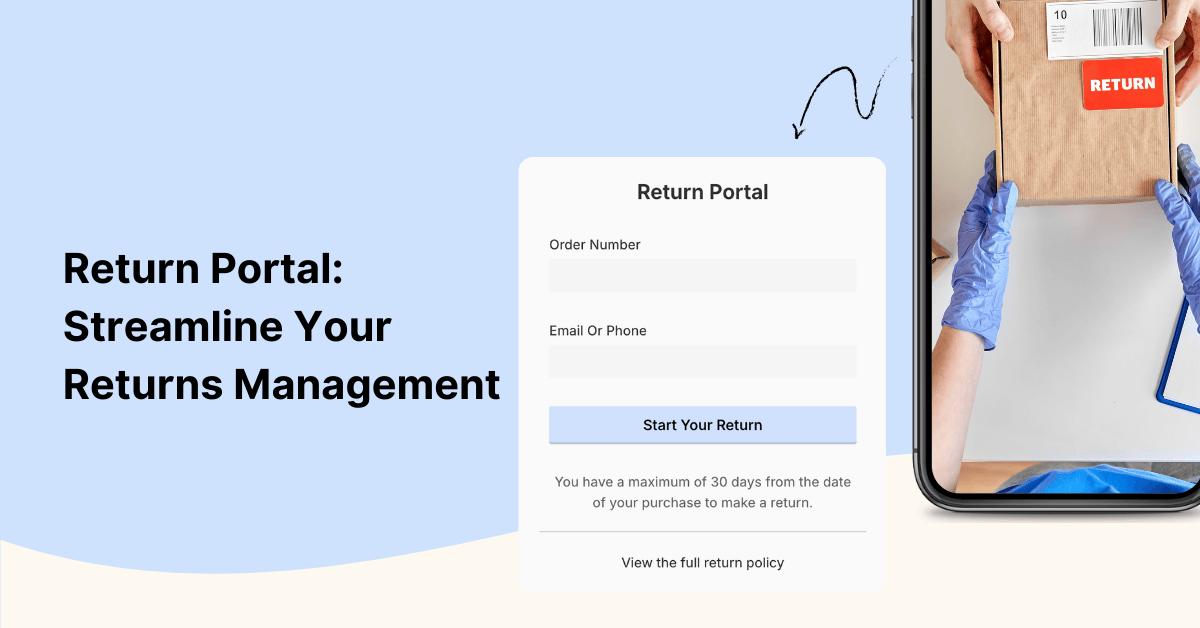
Retailers lost an estimated $890 billion to ecommerce returns in 2024 (NRF), highlighting the challenges of returns management. A well-designed return portal allows shoppers to handle returns independently, including international ones, while helping merchants optimize operations, protect revenue, and streamline the entire returns process.
What Is a Return Portal?
A return portal is a dedicated online page where buyers can start their returns at any time. It’s self-service, which means they don’t have to send emails (or make phone calls) to the CX team.
Return portals make things easier for both your team and buyers. By automating returns, your team no longer needs to handle each request manually. This saves valuable time and also creates opportunities to guide shoppers toward exchanges or store credit instead of refunds.
For shoppers, a return portal gives more control and a smoother experience, letting them handle returns at their convenience. One study showed that around 69% of buyers try to resolve issues on their own first, but many brands don’t provide the right tools.
If you implement your own return portal, you're joining the group of business owners that enjoy fewer support tickets, happier buyers, and protected revenue.
Return Portal vs Manual Work
Managing returns manually means endless steps, such as emails, order checks, policy reviews, shipping labels, and refund processing. One case might not seem like much, but multiplied by dozens each month, it quickly overwhelms your team.
A return portal removes this back-and-forth. Shoppers handle the process themselves, while your system automates key steps like label generation, verification, and notifications. You can also encourage exchanges or store credit, recover more revenue, and gather data to reduce future returns.
Here’s how the traditional return compares with using a return portal:
| Step | Manual Work | Return Portal |
|---|---|---|
| Initiate return | Buyers must email or call support. | Buyers log in and start the request themselves. |
| Verification | Staff review orders one by one. | Orders are automatically verified against set rules. |
| Label generation | Staff create and send return labels manually. | Prepaid return labels are generated instantly. |
| Refunds/exchanges | Slow and labor-heavy. | Automated workflows speed up refunds and exchanges. |
| Customer updates | Buyers contact support for status updates. | Buyers get real-time notifications on progress. |
Why a Return Portal Matters for Your Business?
A return portal is a strategic tool that improves your customer loyalty, protects revenue, and drives your business efficiency. Below, we break down each benefit in detail.
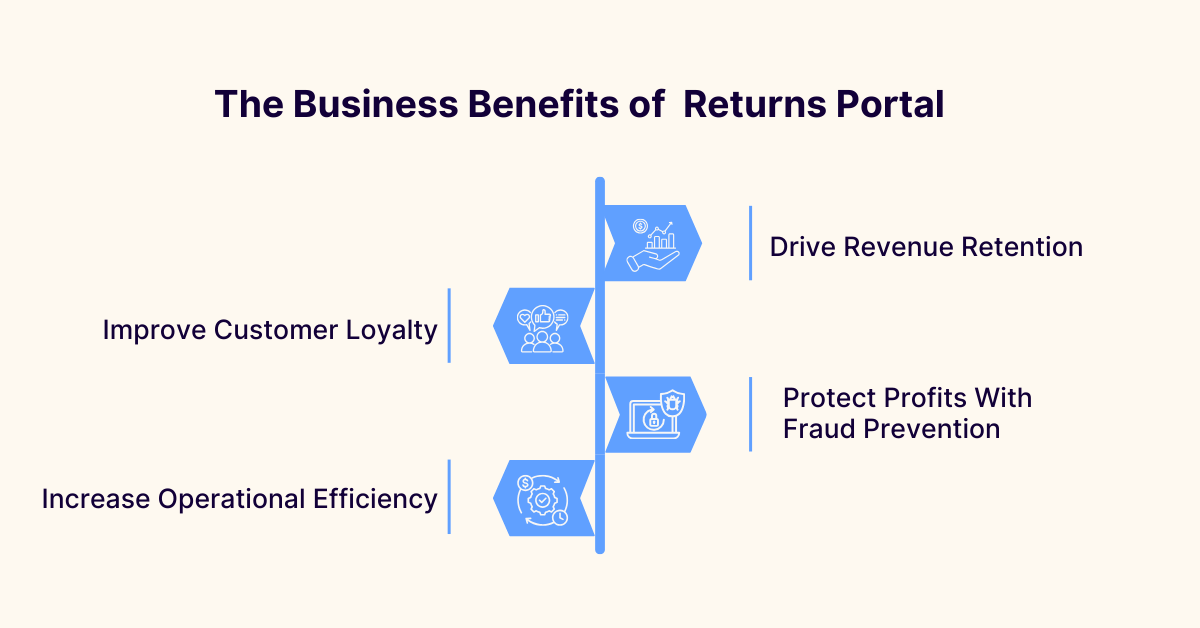
Improve Customer Loyalty
Research shows that 73% of customers would not buy again from a brand after a bad experience. Since returns are a core part of post-purchase service, a poor return experience can directly damage customer experience and repeat sales.
With a return portal on your website, each person can manage returns independently. Shoppers simply log in, select items and reasons, and generate a return label without waiting for support.
Also, better return experiences improve customer satisfaction and drive referrals. A 2023 survey showed that 13% of U.S. buyers discover new brands through word-of-mouth.
Drive Revenue Retention
Returns don’t always mean lost revenue. Traditionally, refunds have been the default because manual returns make it difficult to offer alternatives. A return portal solves this by letting merchants provide options such as exchanges, credits, or special discounts.
These alternatives retain funds and encourage repeat business. Shoppers may choose exchanges or credits, which can even lead to higher-value orders than the original transaction.
Some return portals also create upsell opportunities as part of return management. By automating returns and providing these options, merchants can increase revenue retention and gain insights to optimize rules and products.
Increase Operational Efficiency
Manual returns can be time-consuming and prone to errors. A return portal automates key steps, from label generation to request verification according to your return policy. It also triggers subsequent workflows automatically once a return is approved.
Automation reduces manual workload, speeds up the return process, and minimizes errors. For example, after implementing the portal, one customer, Ever-Pretty, experienced a 43% reduction in return-related inquiries, as shoppers could track the progress of their returns directly online.
Protect Profits With Fraud Prevention
Return fraud is a major risk for eCommerce. NRF mentioned that fraudulent returns cost retailers more than $100 billion in 2023.
A return portal can help reduce this risk. Many portals include fraud detection rules that flag unusual behavior, such as repeated requests from the same buyer or mismatched order info. High-value items can also be restricted from returns.
For example, electronics merchants can require approval for high-value phones while allowing low-cost items to return automatically. This protects profit margins and ensures a fair return experience for genuine buyers.
How a Self-Service Return Portal Works
By now, you’ve seen the benefits of using a self-service return portal. The next step is understanding how it actually works in day-to-day ecommerce.
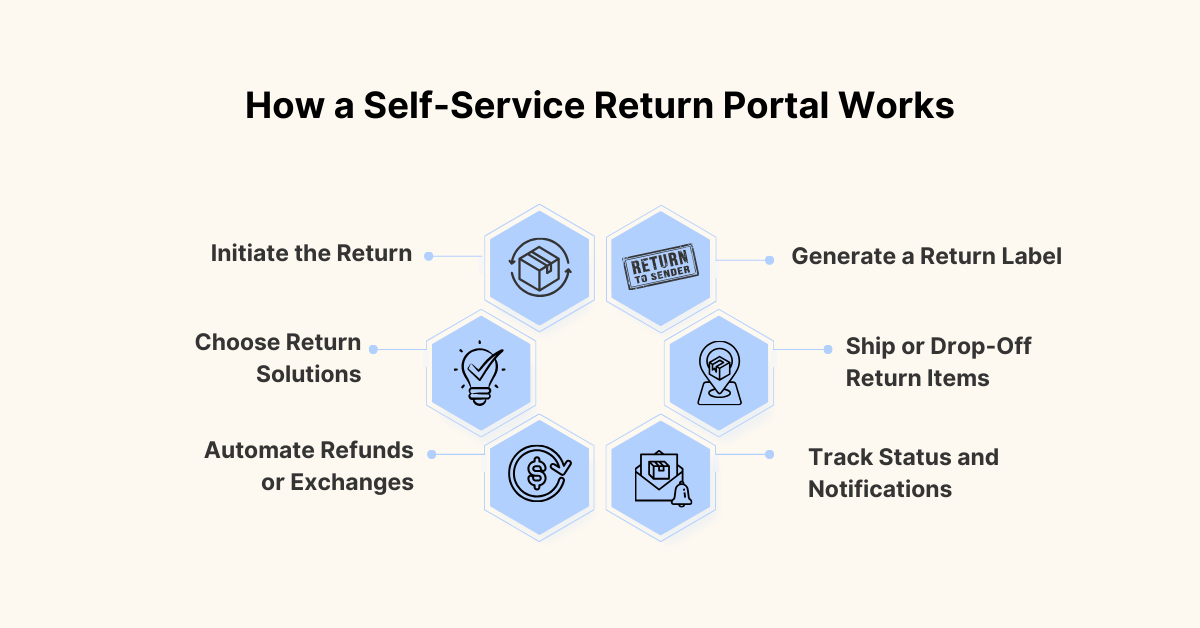
1. Initiate the Return
Buyers start by entering their order number and contact info. Next, they pick a return reason like wrong size, damaged product, or “doesn’t suit me.” For example, when returning sneakers for the wrong size, they just select the item and note “fit doesn’t match.”
2. Choose Return Solutions
Buyers choose a refund, an exchange, or store credit like a digital gift card. For merchants, this stage is critical for revenue retention. Encourage buyers to choose options that keep value in the business rather than defaulting to refunds.
PRO-TIP: Sweeten the deal so buyers feel they’re getting more by staying with you. For example, offer a small bonus credit (like an extra $10) if they pick store credit over a cash refund.
3. Automate Refunds or Exchanges
Once the request meets your return policy, the system triggers workflows with auto-approval. Buyers can then select the replacement product directly in the portal, completing the process without any manual steps.
4. Generate a Return Label
Once buyers submit a return request, the portal generates a prepaid label for the return package instantly. They see their RMA number, approval status, and shipping instructions. Buyers can then print the label and attach it to the return package.
5. Ship or Drop-Off Return Items
Return options depend on the methods you offer. If you support BORIS, buyers can drop off return items at your locations. Otherwise, they can use a courier drop-off or schedule a home pickup, ensuring a smooth return experience for all types of orders.
6. Track Status and Notifications
Buyers can track their return every step of the way. The portal updates automatically, showing when the item ships, arrives, and when the refund or exchange is complete. This keeps buyers informed and reduces support inquiries for your team.
How ParcelPanel Streamlines Your Return Management
ParcelPanel provides an organized system that is flexible for your team and easy for buyers to use. Here’s how it works:
Customize a Brand-Aligned Return Page

You can fully adjust the Return Page to match your brand’s look. Update the text, layout, and styles so customers feel like they never left your site. For login, you can allow:
- Order Number + Email or Phone
- Email + Verification Code
This return page is also where you set clear return policies (like “30 days from the date of purchase”), so expectations are obvious from the start.
Add the Return Page to Store Navigation
Placing the Return Page link in your navigation menu or footer makes the process simple and accessible. This reduces repetitive support questions and ensures buyers can start returns without confusion.
Multi-Language Support
ParcelPanel Returns & Exchanges supports 16 languages, including English, German, Spanish, French, Chinese, and Japanese, among others. You can localize return pages for each market, delivering a personalized return experience for buyers around the world.
Return Request Widget for Quick Access
You can also drop a widget on the order status page or customer account page. This lets your customers start a request instantly, without retyping their order number or email. It makes the return process faster, and more convenient.
Together, these features help you say goodbye to scattered workflows and provide an exceptional return experience right inside your Shopify store.
Conclusion
You now know why a return portal matters for eCommerce. It cuts down on endless back-and-forth emails, speeds up the entire process, and gives customers the confidence to shop with you again.
Ready to streamline returns and increase customer satisfaction? Book a demo and see how ParcelPanel Returns & Exchanges can lift your customer experience by up to 90% and turn smoother returns into more revenue for your store.
Return Portal FAQs
Is a return portal important for eCommerce businesses?
Yes. It saves your team time, reduces support costs, and gives customers an easier way to handle returns, which keeps them loyal.
How can customers return an online order?
They usually log into a return portal, enter their order number, choose return reasons, print a prepaid label, and ship the item back.
What is a standard return policy?
Most brands accept returns within 30 days and require items to be in their original condition. Depending on the purchase, customers can receive a refund, exchange, or store credit.
How does a self-serve return work in Shopify?
Customers log into their Shopify account, choose the items to return, and select a reason. Then they can request a refund or an exchange. It’s fast, reduces support tickets, and gives shoppers the control they expect.
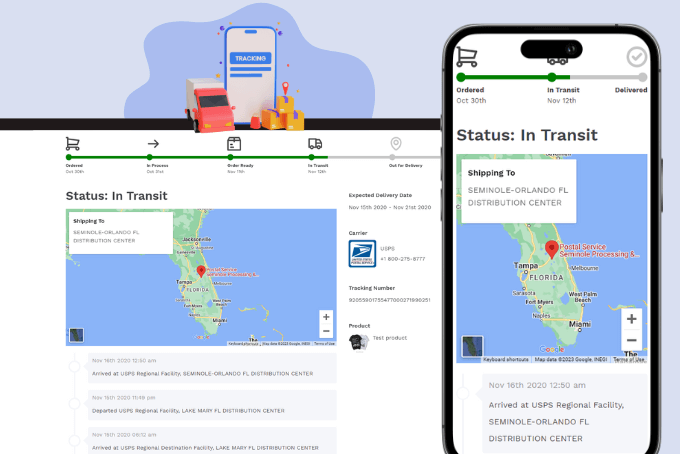


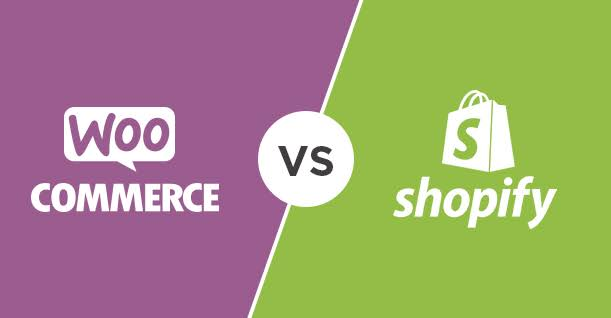






![Top 10 Route Alternatives & Competitors [2026]](https://blog.parcelpanel.com/wp-content/uploads/2025/11/Route-Altenatives.png)

![Top 10 parcelLab Alternatives & Competitors [2026]](https://blog.parcelpanel.com/wp-content/uploads/2025/11/AfterShip-Altenatives-9.png)
















